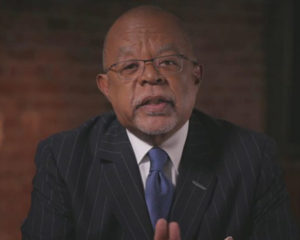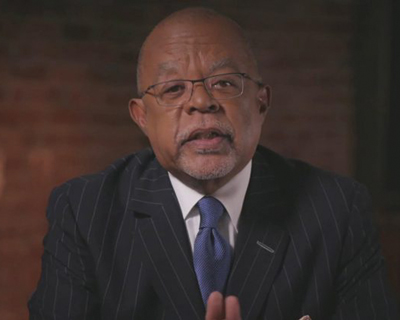
By Stacy M. Brown, NNPA Newswire Correspondent
In his PBS series, “Finding Your Roots …” Henry Louis Gates Jr. presents guests whose roots cover the globe – from Samoa, Nigeria, Taiwan and Sicily to Iran, Ireland, India and Cuba – and almost everywhere in between.
Each episode weaves together their stories, gleaned from cutting-edge DNA analysis and old school genealogical detective work.
And, at the center of it all and guiding every discovery is Gates, the Alphonse Fletcher University Professor at Harvard University and director of the Hutchins Center for African and African American Research.
Gates is also now featured on a newly updated website, slavevoyages.org, which contains databases of the Trans-Atlantic and Intra-American slave trade.
The databases are the culmination of several decades of independent and collaborative research by scholars who draw upon information in libraries and archives around the world, according to a news release.
The new slave voyages website counts as the product of three years of development by a multi-disciplinary team of historians, librarians, curriculum specialists, cartographers, computer programmers, and web designers, in consultation with scholars of the slave trade from universities in Europe, Africa, South America, and North America.
Among the many unique features are an African names database.
The producers of the site note that during the last 60 years of the Trans-Atlantic Slave Trade, courts around the Atlantic basins condemned over 2,000 vessels for engaging in slave trafficking and recorded the details of captives found on board those ships, including African names.
Links are provided to the ships in the Voyages Database from which the liberated Africans were rescued, as well as to the African Origins site where users can hear the names pronounced and help us identify the languages, they think the names originated from or are used.
The site also takes a deep look at the slave trade within the Americas, which, after the initial disembarkation of African captives in the New World, has received scant attention from historians, especially for the period prior to the abolition of transatlantic slave traffic.
An article on the site examines similar types of intra-American trafficking as an introduction to the launching of the Intra-American Slave Trade Database, which aims to document evidence of slave voyages throughout the New World.
“The site now offers access to details of more than 36,000 slave trading voyages between Africa and the New World; 11,000 voyages from one part of the Americas to another part; and 92,000 Africans who were forced to take the voyage,” Gates said.
“Users can analyze data and view video and they can contribute corrections and add information on voyages the editors don’t even know about,” he said. The website allows viewers to explore the dispersal of enslaved Africans across the Atlantic world.
According to the website, the digital memorial raises questions about the largest slave trades in history and offers access to the documentation available to answer them.
It recounts how European colonizers turned to Africa for enslaved laborers to build the cities and extract the resources of the Americas. Also, how those colonizers forced millions of mostly unnamed Africans across the Atlantic to the Americas, and from one part of the Americas to another.
Those viewing the website can analyze these slave trades and view interactive maps, timelines, and animations to see the dispersal.
Sponsored by the National Endowment for the Humanities, the work on the site was done at the Emory Center for Digital Scholarship, the University of California at Irvine, and the University of California at Santa Cruz with the Hutchins Center of Harvard University providing support.
“I find it inspiring that our fellow Americans are so determined to explore their own ancestral heritage,” Gates noted.

